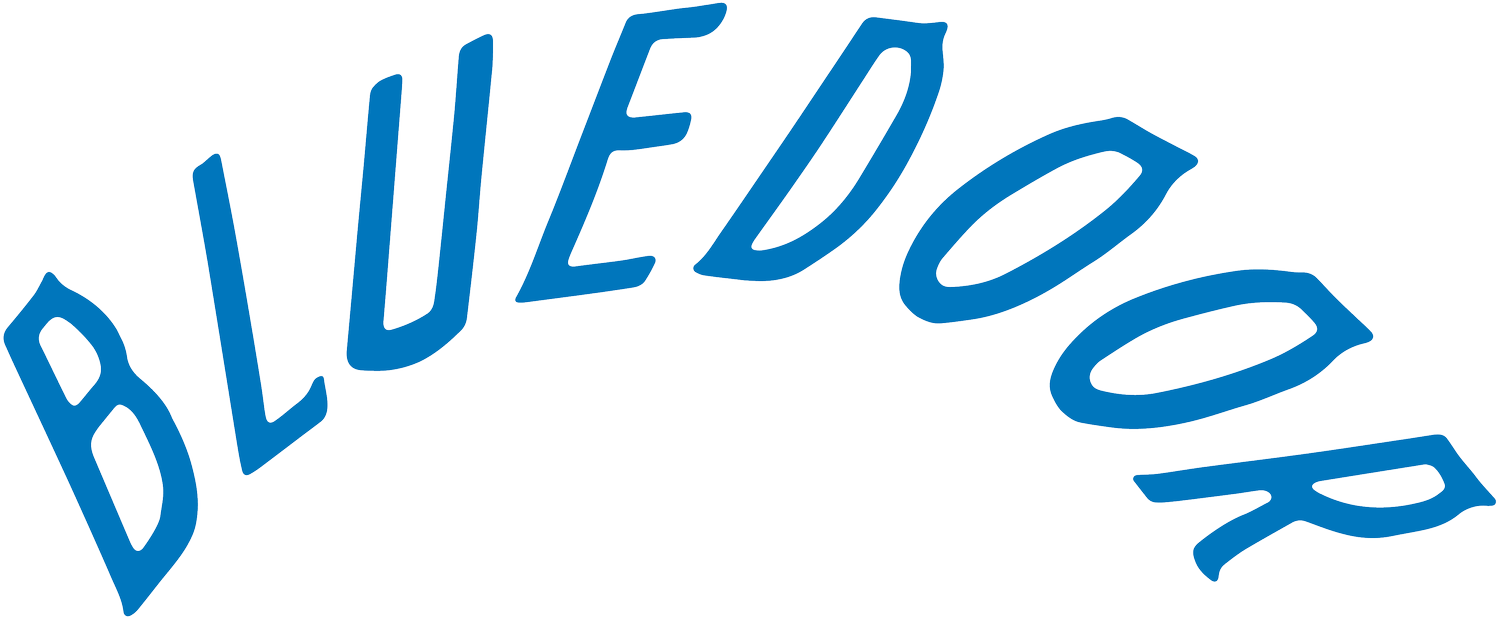NAD+: Indications & Usage
Nicotinamide adenine dinucleotide (NAD) pharmacology is a promising class of treatments for age-related conditions that are likely to have a favorable side effect profile for human use, given the widespread use of the NAD precursor vitamin B3 supplements. However, despite several decades of active investigation and numerous possible biochemical mechanisms of action suggested, only a small number of randomized and adequately powered clinical trials of NAD up-regulation as a therapeutic strategy have taken place.
We conducted a systematic review of the literature, following the PRISMA guidelines, in an attempt to determine whether or not the human clinical trials performed to date support the potential benefits of NAD supplementation in a range of skin, metabolic and age-related conditions. In addition, we sought medical indications that have yielded the most promising results in the limited studies to date. We conclude that promising, yet still speculative, results have been reported for the treatment of psoriasis and enhancement of skeletal muscle activity. However, further trials are required to determine the optimal method of raising NAD levels, identifying the target conditions, and comparisons to the present standard of care for these conditions. Lastly, pharmacological methods that increase NAD levels should also be directly compared to physiological means of raising NAD levels, such as exercise programs and dietary interventions that are tailored to older individuals, and which may be more effective.
The cofactor nicotinamide adenine dinucleotide (NAD) is an important metabolic regulator of cellular redox reactions and a co-factor or a co-substrate for key enzymes essential for normal cellular function in different tissues. Known as NAD+ in its oxidized state and NADH in its reduced state, it was first described more than a century ago as a molecule in the electron transport chain in the metabolic reduction-oxidation reactions in mitochondria [1]. Poly(ADP-ribose) polymerases (PARPs), a group of enzymes that catalyze the transfer of ADP-ribose to target proteins, use NAD as a cofactor [2]. PARPs regulate many important cellular functions, including expression of transcription factors, gene expression and DNA repair. More recent interest in NAD emerged from research into the role of sirtuins, NAD-dependent deacylases, after the discovery that Sirtuin 2 is an NAD+-dependent histone deacetylase [3]. Sirtuins influence many important cellular processes, including inflammation, bioenergetics, circadian rhythm generation, and cell growth, all fundamental to cellular aging. These pathways place NAD at the center of cellular metabolism, mitochondrial function, and biological processes of aging.
Most human cells must rely on de novo creation of NAD from a variety of building blocks (Figure 1) [4]. NAD can be synthesized de novo from tryptophan via the kynurenine pathway or from nicotinic acid via the Preiss-Handler pathway [5]. However, the bulk of NAD synthesis in cells is generated via the NAD salvage pathways acting on the precursor molecule nicotinamide. Nicotinamide, the dominant NAD precursor, originates from the diet or can be produced by the activity of a variety of NAD hydrolases that include CD38/CD157, PARPs and Sirtuins.
NAD levels decline with increasing age, as the activities of both the salvage pathways and de novo synthesis are reduced, the result of altered levels of rate-limiting enzymes and precursors. There is also growing evidence that the activity of specific NAD hydrolases, particularly CD38, increases in specific tissues during aging [7]. Evidence from animal studies indicates that interventions that increase NAD levels produce numerous benefits on the overall cardiometabolic health and immune function [4]. A fall in NAD levels might be prevented with supplementation with NAD precursors, such as nicotinamide, nicotinic acid, nicotinamide mononucleotide (NMN), and nicotinamide riboside (NR). NMN and NR are believed to be orally bioavailable and feed into the NAD salvage pathway directly (NMN) or indirectly (NR via NMN) and thereby bypass a key rate-limiting step determined by the enzymatic activity of NAMPT which decreases with age. Both NMN and NR have received the most recent interest as promising future therapeutic strategies to raise NAD levels [8].
However, supplementation with NAD precursors is not the only way to increase NAD levels. Other possible approaches include strength training [9], upregulation of critical enzymes (e.g., rate-limiting NAMPT) involved in NAD salvage [10], and inhibiting NAD degradation (e.g., with bioavailable flavonoids to inhibit CD38) [11].
Evidence suggesting the benefits of NAD upregulation in humans has accumulated, but much of it involves the use of vitamin B3 and predates the most recent sirtuin-related expansion of knowledge of the role of NAD in cellular metabolism and aging. For example, daily niacin intake has been recommended for much of the past century. Furthermore, extensive literature already accompanies the use of high-dose niacin for dyslipidemias in the context of cardiovascular disease prevention [12,13]. However, the literature currently lacks a rigorous assessment of the potential role of NAD upregulation on healthspan using relevant surrogate biomarkers of aging.
Citation from the National Center for BioTechnology Information.
